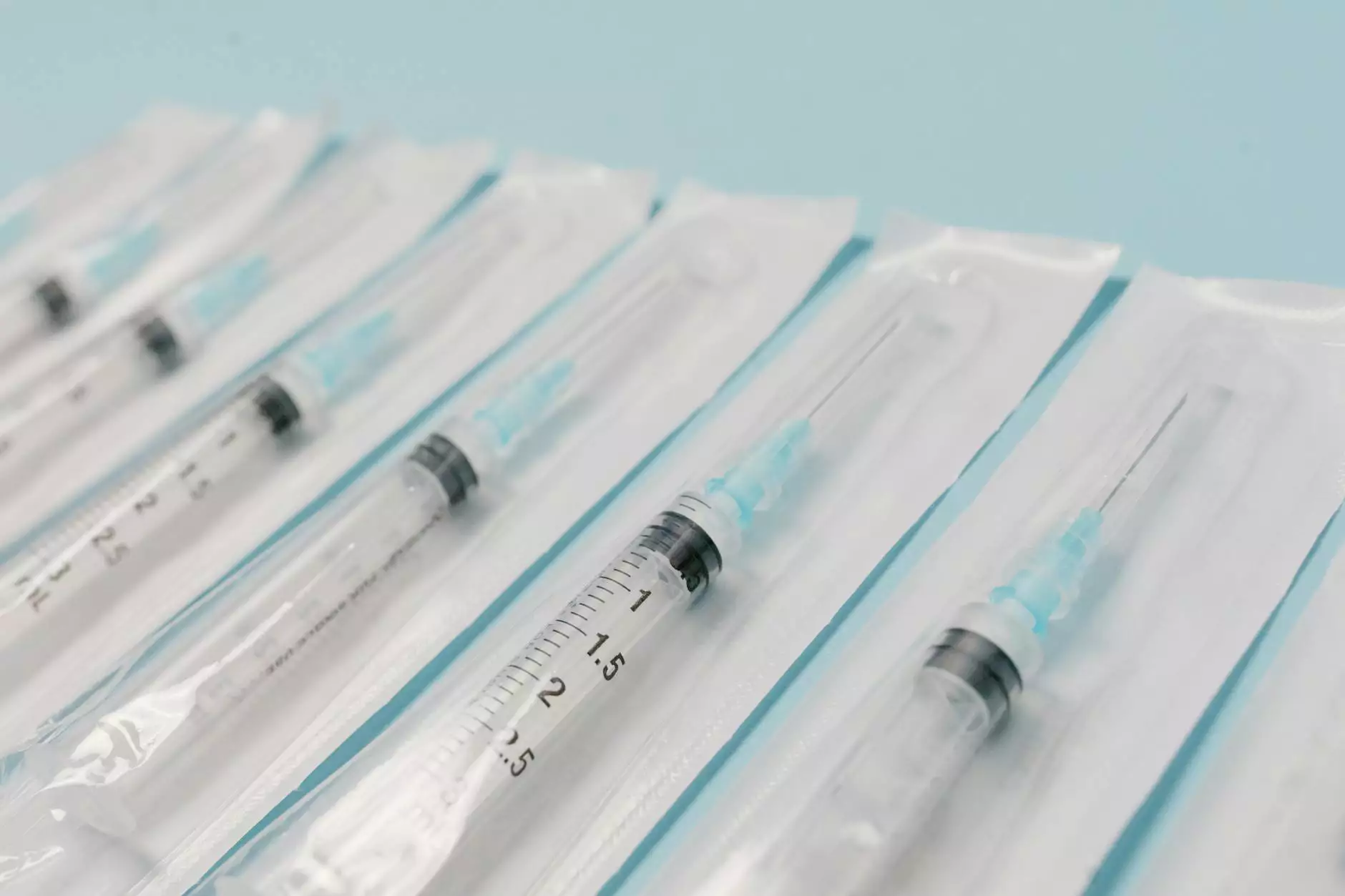Understanding the Importance of Western Blot Apparatus in Biomedical Research

The Western Blot Apparatus is an essential tool in the field of molecular biology and biochemistry, used for the detection and analysis of proteins within a sample. This sophisticated technology has revolutionized the way researchers investigate protein expression and function, paving the way for significant advancements in biomedical research. In this article, we will delve into the workings, applications, and best practices related to Western Blotting, illuminating its undeniable impact on science.
What is a Western Blot?
Western Blotting, a method devised in the 1970s, is a pivotal technique for identifying specific proteins in complex mixtures. The method combines gel electrophoresis and membrane transfer, allowing scientists to isolate proteins based on their size and confirm their presence within biological samples.
Key Steps in Western Blotting
- Sample Preparation: Extract and prepare protein samples from cells or tissues.
- Gel Electrophoresis: Separate proteins by size using polyacrylamide gel electrophoresis (PAGE).
- Transfer: Move separated proteins from the gel to a membrane (typically nitrocellulose or PVDF).
- Blocking: Prevent nonspecific binding by incubating the membrane with a blocking solution.
- Antibody Incubation: Incubate the membrane with primary antibodies specific to the target protein, followed by a secondary antibody.
- Detection: Use chemiluminescent or colorimetric methods to visualize the protein bands.
The Role of Western Blot Apparatus
The term Western Blot Apparatus refers to the equipment and materials required to successfully perform a Western Blot. This apparatus typically includes:
Essential Components of Western Blot Apparatus
- Electrophoresis Unit: A device to provide an electric field for separating proteins during gel electrophoresis.
- Gel Casting Stand: Equipment used to prepare and set polyacrylamide gels.
- Transfer Apparatus: A system for transferring proteins from the gel to the membrane.
- Membranes: Nitrocellulose or PVDF membranes that bind proteins for antibody detection.
- Blocking Buffers: Solutions to prevent nonspecific antibody binding.
- Detection Systems: Chemiluminescent or fluorescent systems for visualizing proteins.
Applications of Western Blot Apparatus
The versatility of the Western Blot Apparatus makes it indispensable in various research fields. Here are some prominent applications:
1. Disease Diagnosis
Western Blotting is frequently employed in the diagnostic process of diseases such as HIV and Lyme disease. The ability to detect specific antibodies against these pathogens allows for accurate patient diagnoses.
2. Protein Expression Studies
Researchers utilize Western Blotting to quantify and analyze protein expression levels in different conditions, enabling insights into metabolic pathways and disease mechanisms.
3. Biomarker Discovery
In the search for new biomarkers for various diseases, Western Blotting proves invaluable for validating protein markers that can indicate the presence or stage of a disease.
4. Drug Development
Pharmaceutical companies often rely on Western Blotting during the drug development process to verify the target protein engagement and efficacy of therapeutic compounds.
Choosing the Right Western Blot Apparatus
Selecting the appropriate Western Blot Apparatus is crucial for obtaining reliable results. Here are some factors to consider:
1. Compatibility
Ensure that the components of the apparatus are compatible with your sample type and the specific Western Blot protocol you intend to follow.
2. Capacity
Choose an apparatus that can accommodate the number of samples you plan to analyze in a single experiment to enhance efficiency and productivity.
3. Brand Reputation
Selecting trusted brands known for high-quality equipment can significantly affect the results. Consider recommendations from colleagues and reviews from other researchers.
4. Cost-Effectiveness
While it is tempting to choose the cheapest option, consider the long-term performance and durability of the equipment. A reliable apparatus may save costs on repairs and replacement.
Best Practices for Optimal Western Blotting Results
To achieve the best results with your Western Blot Apparatus, consider the following best practices:
1. Sample Quality
Start with high-quality samples, as the final outcome is significantly influenced by the purity and concentration of your proteins.
2. Consistent Gel Preparation
Ensure consistent preparation of gels to achieve reproducible results. Variability in gel concentration can affect protein separation.
3. Optimize Antibody Dilutions
Spend time determining the optimal dilution of antibodies for both primary and secondary stages. This step is crucial to minimize background noise and enhance band visibility.
4. Adequate Blocking
Blocking is essential in preventing nonspecific binding. Utilize an appropriate blocking agent based on your system to improve signal-to-noise ratios.
5. Take Control Measures
Always run control samples alongside your test samples. This practice allows for proper validation of results and ensures that antibody specificity is reliable.








